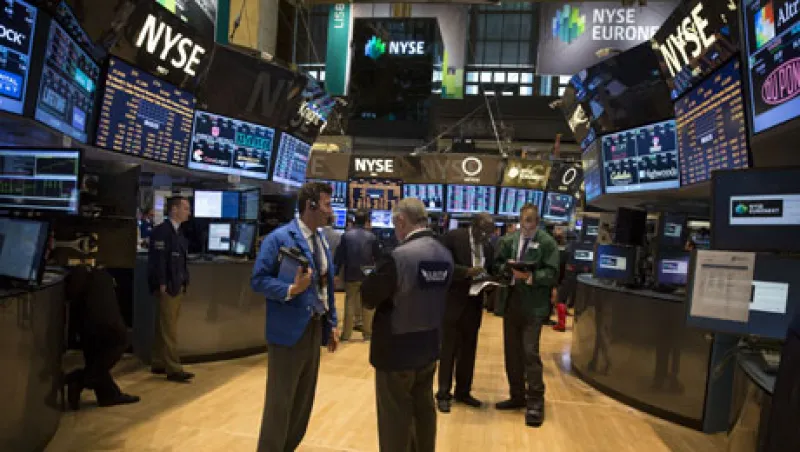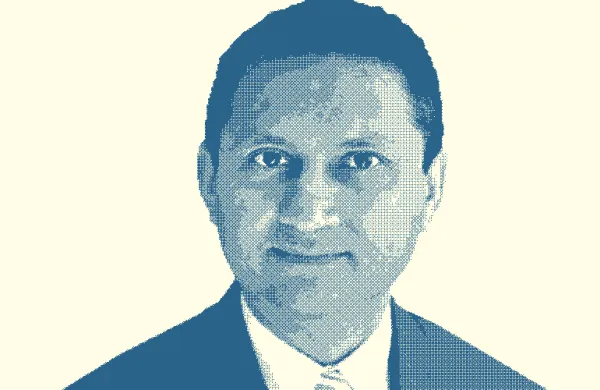The stock exchange is one of the greatest financial innovations ever. For hundreds of years this model provided economies with two critical benefits: broad wealth creation and an equitable market process for the redistribution of wealth. Stock exchanges allowed industrialists to sell shares in their companies and by so doing reduced the gap between society’s haves and have-nots, creating a new and vital middle-class demographic while they themselves retained, and further grew, their wealth.
That model of wealth creation and democratization is now under threat. Fewer companies use stock exchanges to raise capital. Instead, they are turning to alternative sources of financing that are having a direct negative impact on the markets’ liquidity and, more important, on society.
If a company chooses not to raise growth capital in the public markets, it has two alternatives, broadly speaking: debt or private equity. The problem is that when a company elects either of these two options, the wealth remains in the hands of a very few people or organizations. The gap between the haves and the have-nots actually increases.
Entrepreneurs or firms will seek to maximize the value of their companies. That’s a good thing, and I encourage it. In the 1990s exchanges were the best place for entrepreneurs to monetize their businesses, and the entire economy benefited. But recently, most companies pursuing a liquidity event have sought to sell their business to another company or to a private equity firm because valuations in public markets have been lower than those in private markets.
Why? There are many reasons, but a key one is that the public markets have evolved into something very different from what they were even a few years ago. Technology has made the markets more efficient but has also created a system in which technologists and algorithmic traders exploit technicalities and introduce toxic liquidity. This “bad” liquidity drives retail investors away and creates a market in which institutional investors compete only with one another. Exchanges are understandably somewhat silent on the veracity of the new liquidity, as it has become a key profitability driver.
The growing use of certain forms of financial instruments, trading venues and investment strategies — derivatives, dark pools and high frequency trading — results in vast amounts of capital being bought and sold without positions being publicly disclosed. According to Rosenblatt Securities, the percentage of stocks traded outside public exchanges reached 40 percent in March, an all-time high. This lack of transparency produces a market subculture that threatens the original intentions of the stock exchange system. As exchanges evolve into high frequency trading floors, they no longer add the economic value they once created.
In the past few years, the dynamics of the market system have shifted in several key ways. The number of entities that invest in small or medium-size companies is shrinking. As the size and scale of hedge funds and mutual funds have grown dramatically, these market participants increasingly favor investments in large-cap companies to achieve the volume and returns they require.
The recent evolution of the market system has increased the advantage large investors have and created an explosion of algorithmic trading and a preference among brokers and deal makers for nonpublic trades. All of these factors mean that exchanges today are becoming more about arbitraging inefficiencies and less about creating value for the public good.
To restore the stock exchange system to its vital role and intended purpose, rigorous regulation of high frequency trading must be implemented. An easy first step would be to eliminate incentives for high frequency traders.
Second, exchange incentives must be realigned to better serve the needs of the brokers who provide order flow. One solution would be to convert the exchanges partly into mutual organizations. Brokers would bring orders to the exchanges, and exchanges would pay a portion of their profits, or a dividend, back to the brokers who give the liquidity. A percentage of the exchange should remain public so that exchanges stay in touch with their customers.
Third, all transactions should be reported so participants know there is liquidity. This is critical: Large investors will be attracted to small and midsize companies only when they “see” the smaller companies’ liquidity. Trade reporting better illuminates the breadth and depth of a market.
If these actions are taken, we can begin to restore exchanges to their original role of helping to grow economies, increase wealth and redistribute wealth to investors of all sizes, not just giant institutions. And that will be good for everyone. • •
Jeffrey Singer is chief executive officer of the Dubai International Financial Center Authority and former CEO of Nasdaq Dubai.






